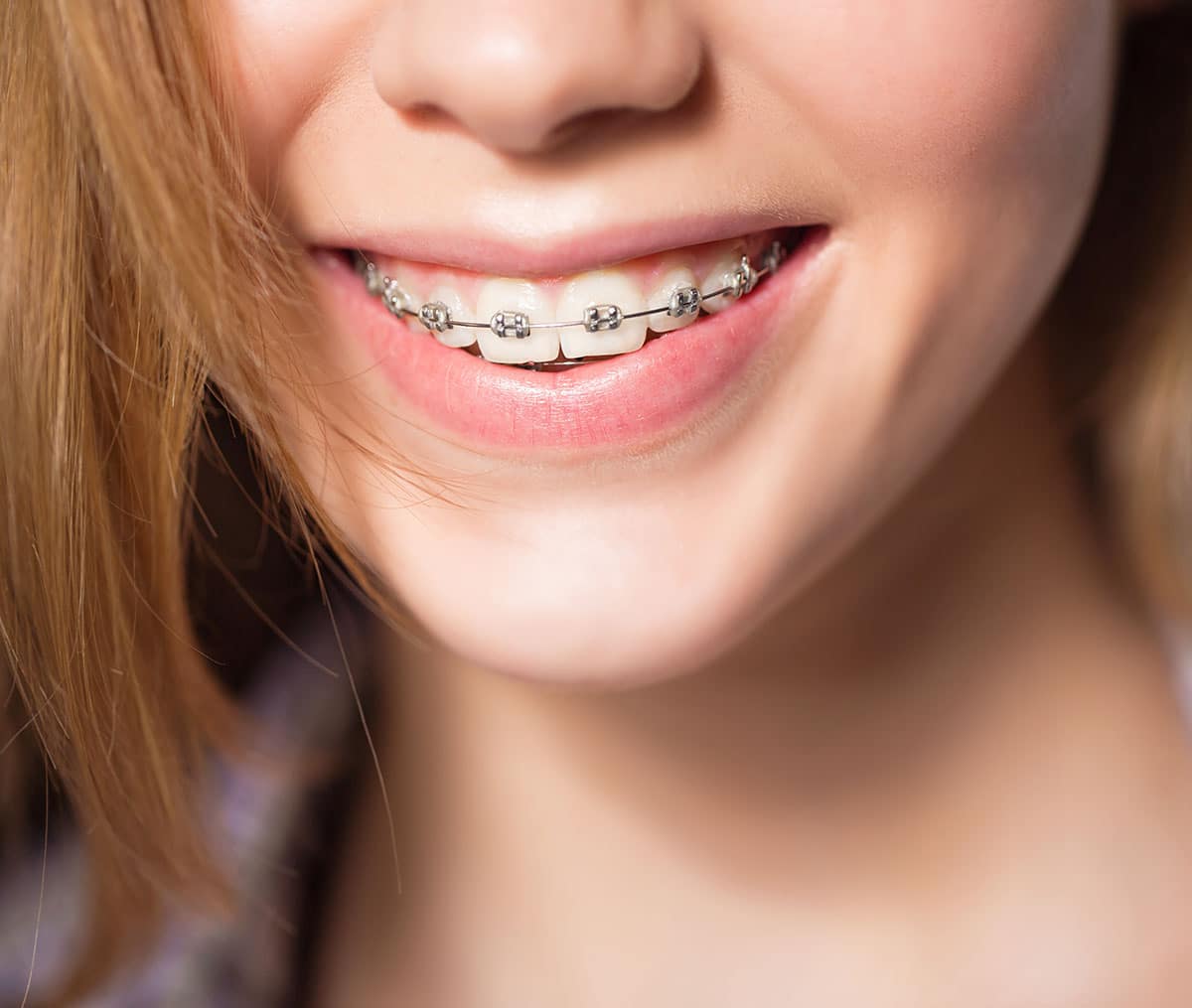Traditional Braces
What are Braces?
Braces consist of two primary parts: brackets and wires. Brackets are the portion glued to the surface of the tooth. Brackets may be either metal or ceramic (clear). The wires are tied into the brackets using o-ties. The wire exerts a force on the tooth via the bracket and Viola! Tooth movement.
How are Braces Applied?
At the initial bonding appointment, the brackets will be attached to the teeth using special orthodontic adhesive. The teeth must remain dry for the adhesive to properly work.
Once the brackets are on, a wire is attached using a colored elastic. The wire is clipped in the back to prevent it from poking.
How Do I Care For My Braces?
Proper brushing and flossing is essential for a successful orthodontic treatment. It’s important to brush all around the braces, especially along the gum line. Flossing with braces is made easier using floss threaders or Superfloss. Poor oral hygiene can lead to cavities, decalcification, and inflamed gum tissues.
Brackets may “break” or come detached from the tooth during treatment. There are certain foods that are notorious for breaking brackets.
How Long Will I Have Braces?
Complexity of the case and goals of treatment determine how long you are in treatment. The average treatment time nationally is near twenty-four months. With low complexity and achievable goals, treatment time may be significantly less. Once the braces are off, we preach wearing retainers for a lifetime. Teeth will always have a tendency to move and retainers minimize that movement, preserving your smile over time.


